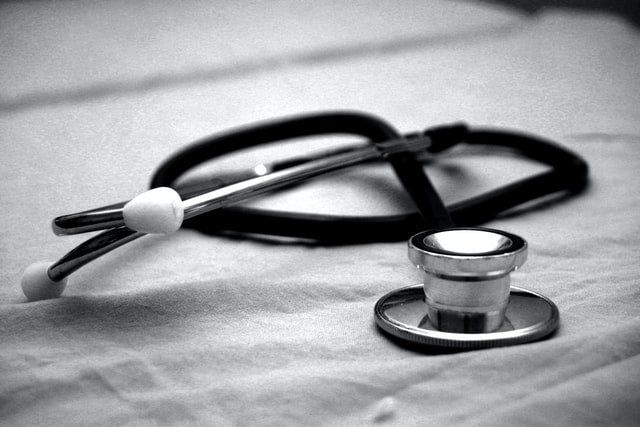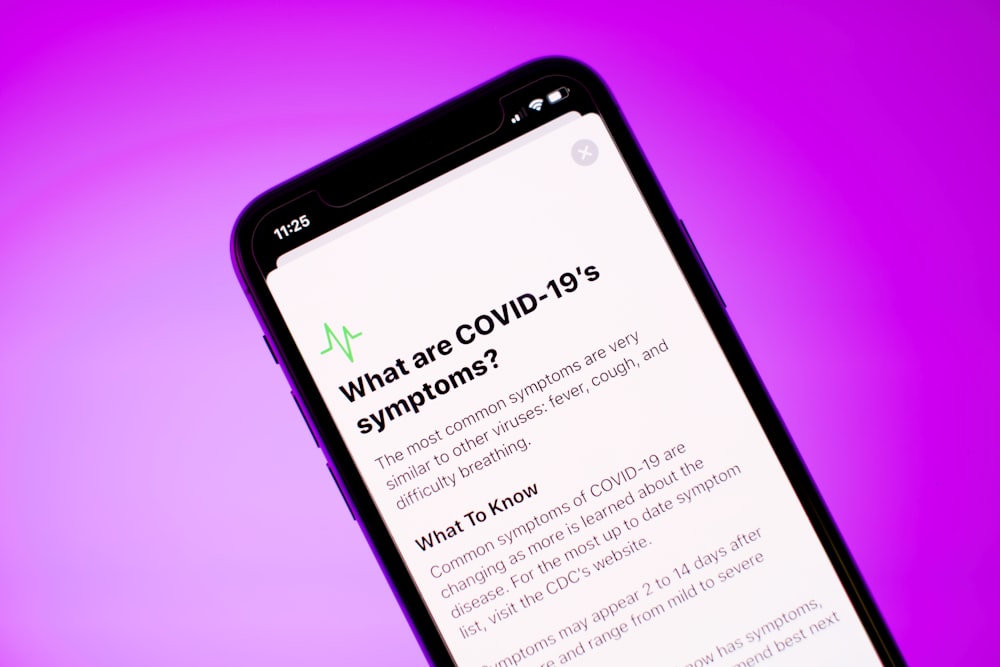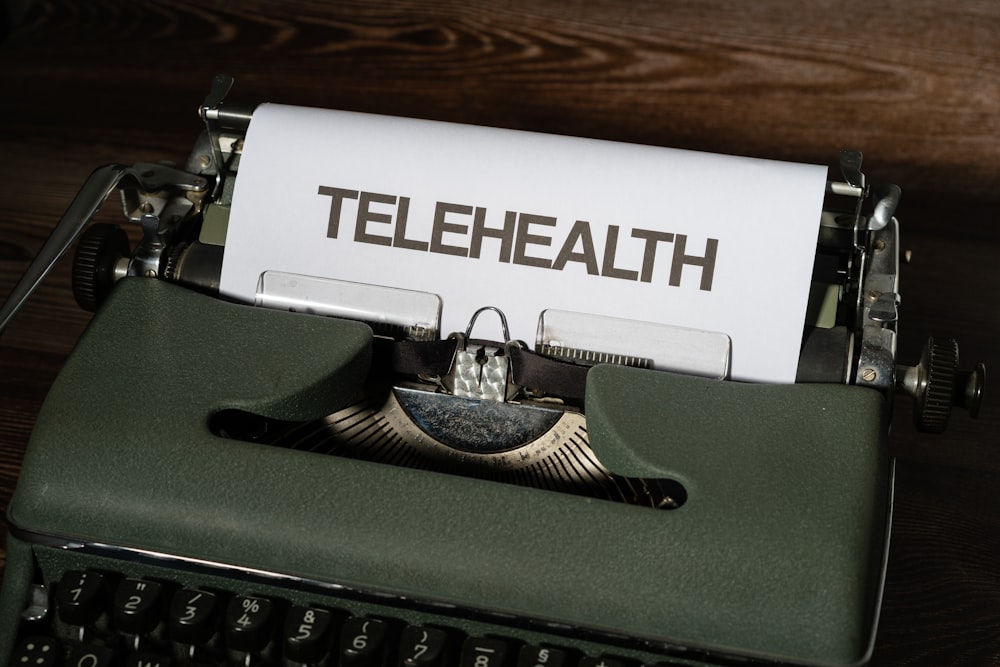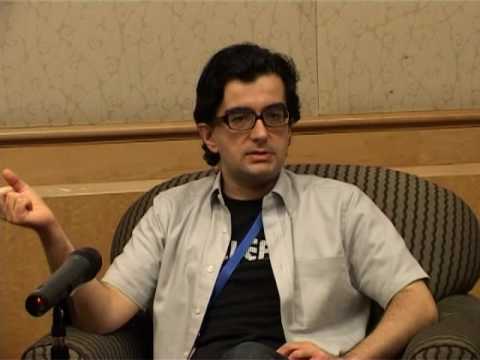5 Healthcare Industry Trends in 2022

Photo by Hush Naidoo Jade Photography @ unsplash
Ever since the COVID-19 pandemic, there has been a sweeping change through most sectors of modern society and culture. From people working and learning from home to significant pivots in the healthcare industry, most of these transformations necessitated by the pandemic are here to stay.
The pandemic has led to the fast-pacing of digitisation in the healthcare industry. The shift from traditional approaches in the healthcare field to the use of advanced technology may not be the easiest, but it is for the benefit of patients and caregivers. Over the next couple of years, the healthcare industry will experience a surge in technology and digital solutions like Biomedical storage solutions. Below are the recent healthcare industry trends.
1. Artificial intelligence and predictive analysis to proactively manage transitions of care
AI technology in the healthcare industry helps healthcare providers in various aspects of patient care and administrative processes. Staying updated with the latest healthcare industry trends is essential, as AI and healthcare technologies continue to be relevant to healthcare, but the tactics vary widely among hospitals and healthcare organisations. The different types of artificial intelligence used in healthcare facilities include machine learning, rule-based expert systems, natural language processing, and diagnosis and treatment applications.
Predictive analysis has particularly transformed many healthcare organisations. Instead of providing information using past events, predictive analysis can estimate the likelihood of the future based on patterns in historical data. Consequently, healthcare providers are several steps ahead in care and make better decisions when prescribing treatments to patients. Thanks to predictive analysis, patients with an elevated risk of developing severe medical conditions can now avoid these problems, which can be costly and difficult to treat.
2. Telehealth
Telehealth uses digital information and communication technologies to remotely provide healthcare and healthcare-related services. Examples of technologies involved in telehealth include smartphones, computers and tablets. With telehealth, accessing healthcare services has become easier for people, especially individuals in rural areas. Most health facilities use standard telehealth services today, including virtual appointments and remote patient monitoring.
One of the key advancements in this area is remote vital signs monitoring, which has transformed the way healthcare providers track and manage patient health from a distance.
Virtual visits or appointments allow patients to have a session with their care provider when an in-person visit is not possible or an option. Thanks to such advancements, patients are less likely to miss doctor’s appointments due to transportation costs or geographical barriers. Online or virtual appointments are not a new term in the healthcare industry, but they became popular during the pandemic. Because of the convenience it offers to care providers and patients, telehealth will likely be embedded into the healthcare vernacular.
Supplementary reading: Greatest Challenges Faced: Modern-Day Healthcare Industry
3. Medical image analysis software
Imaging tests are an essential part of diagnosis in healthcare facilities. Specialists like pathologists, cardiologists, and radiologists use medical imaging to diagnose various conditions. Today, medical imaging is one of the fast-developing areas of discovery in the medical field. However, the high-resolution images produced by MRIs, CAT, and X-rays are usually complex and can be difficult to read and analyse promptly. A delay in diagnosis also means a delay in treatment administration.
That's why partnering with a specialised medical software development company can provide advanced image analysis tools and algorithms, enabling healthcare professionals to efficiently interpret and analyse these images, leading to faster and more accurate diagnoses for timely treatment administration.
By leveraging healthcare IoT solutions, specialists like pathologists, cardiologists, and radiologists can efficiently analyse and interpret complex high-resolution imaging data from MRIs, CAT scans, and X-rays, enabling prompt and accurate diagnoses, ultimately leading to timely treatment administration and improved patient outcomes.
Technologies like artificial intelligence help clinicians interpret multiple scans effectively and precisely. As a result, healthcare providers can identify illnesses like cancer early on and offer effective treatments.
Read more: 5 Healthcare Technology Trends to Follow Right Now
4. Internet of Medical Things
IoMT is a rapidly growing field instrumental for developing products that require less or no human interaction to offer healthcare services. This technology allows for various applications like automatic disinfection, remote patient monitoring, and smart diagnosis. For example, devices like glucometers enable patients with diabetes to measure and control their blood sugar. The devices transmit the readings to a health facility, allowing a doctor to give instructions or ask for an in-person visit if necessary.

Other innovations like automated disinfection of surfaces and infrastructure are also essential, especially in health facilities. It is easy for areas like door handles and desks to go without disinfecting. But automated disinfection ensures all sites are free from germs and bacteria, lowering the risk of disease transmission. Besides ensuring all areas are clean, this technology is cost-effective since no human labour will be necessary to do the cleaning.
5. Telemedicine
Telemedicine is the practice of administering remote patient care without the need for the physician and patient to meet physically. Delivering care at a distance is convenient and makes healthcare accessible to everyone regardless of location. With telemedicine, patients develop relationships with healthcare providers, resulting in better patient outcomes. Although most people use the terms telemedicine and telehealth interchangeably, the two are different. Telemedicine refers explicitly to remote clinical services, while telehealth refers to a broader scope of remote healthcare services.
Leaderonomics.com is an advertisement free website. Your continuous support and trust in us allow us to curate, deliver and upkeep the maintenance of our website. When you support us, you allow millions to continue reading for free on our website. Will you give it today? Click here to support us.
Functional
Tags: Consultant Corner
This article is published by the editors of Leaderonomics.com with the consent of the guest author.









